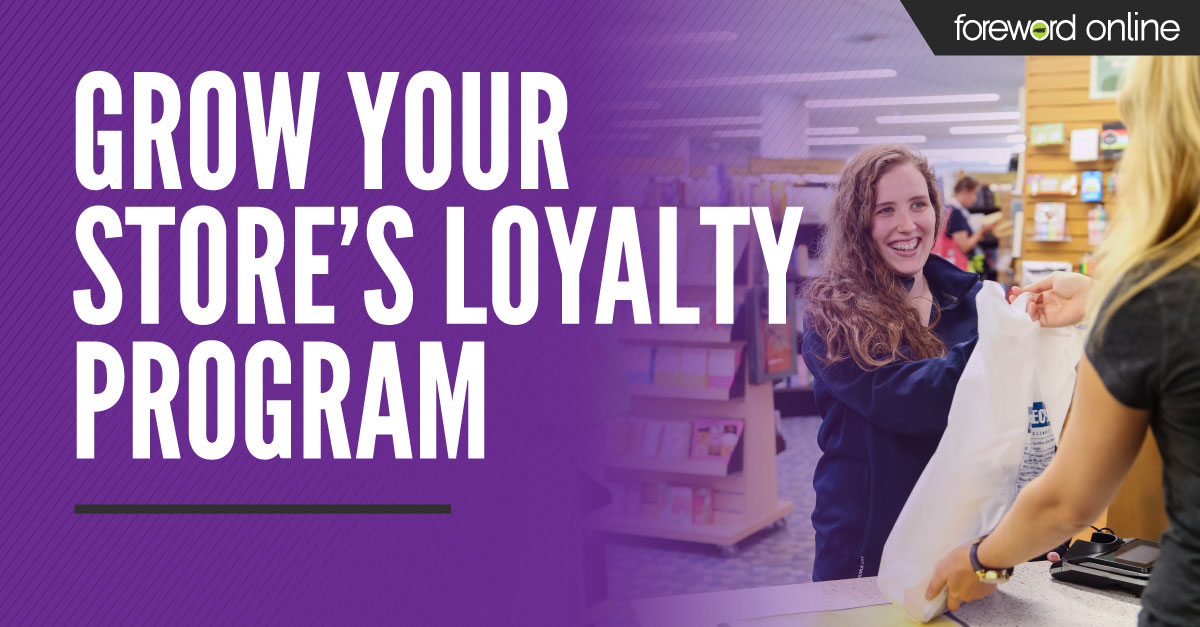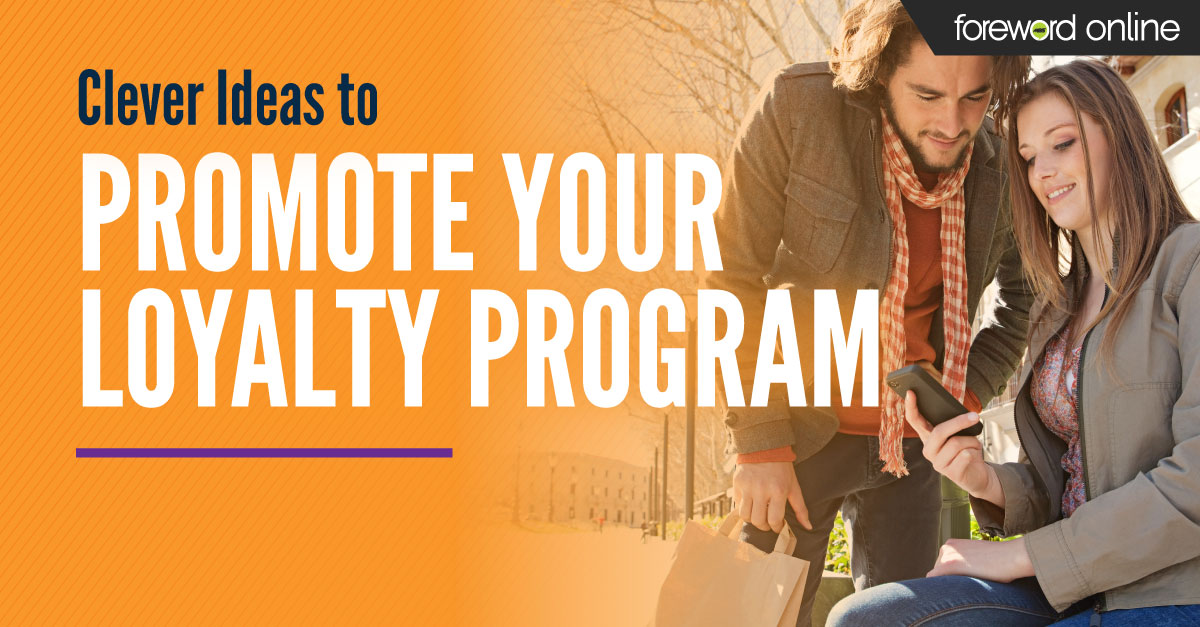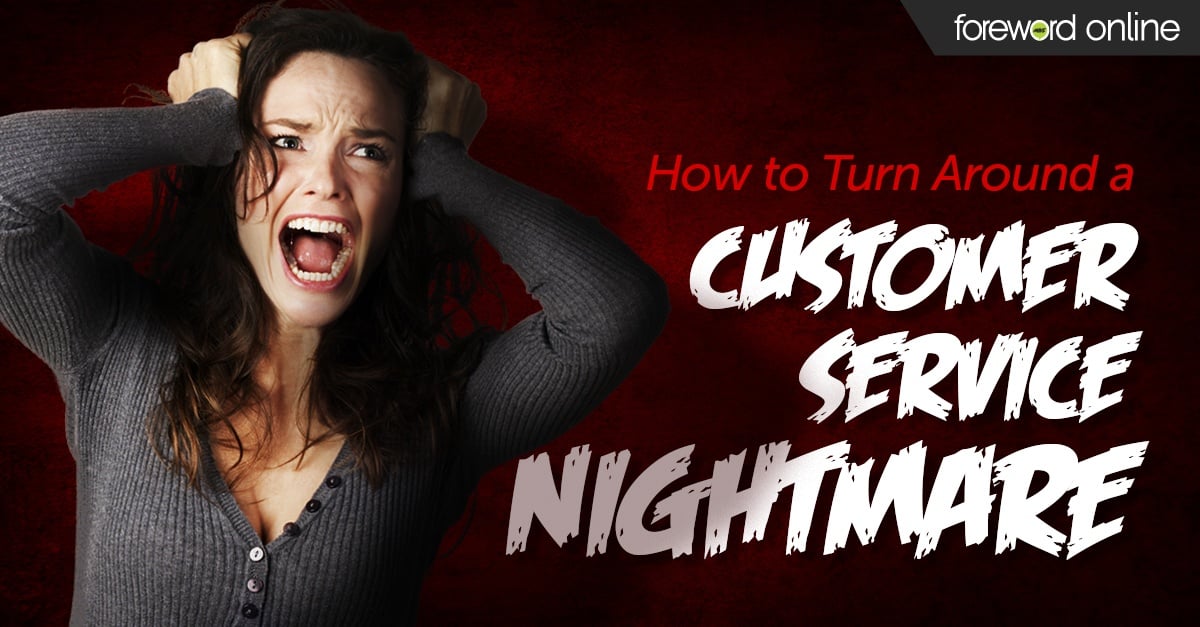“Want the usual today?” she asks, after greeting you by name.
At your nod, she starts making your vanilla soy latte exactly the way you like it, without needing any additional information. Which makes sense, since you’ve stopped in for the same drink a few times a week for the last year.
While this isn’t the cheapest or quickest place to get coffee on your way to work, you keep coming back.
Why?
Because of the personalized experience you receive every time.
As long as the staff members there continue to show that they appreciate your business by greeting you warmly and remembering your individual preferences, you probably won’t be purchasing lattes anywhere else.
For your store, just like the little neighborhood coffee shop, the principle is the same: By personalizing the shopping experience for your customers, whether they’re shopping in-store or on your website, you’ll increase their loyalty and your sales.
Sounds easy enough, right? As a retail professional, you are already accustomed to making a dedicated effort so that your customers feel special, and you probably genuinely enjoy helping them find the items that they’re looking for.
The real challenge comes from the volume of customers you see. Unlike that little shop, which only has a few dozen regular customers, your store could serve thousands each month. It’s unlikely that you or your employees will be able to remember what sweatshirt size or style every customer tends to buy, or if certain students use student financial aid to purchase their course materials.
Luckily, they don’t have to.
By using the data already at your disposal, you can create a fully customizable, automatically updating customer history “cheat sheet.”
You can have every detail of your most important customers’ purchasing history accessible whenever they are ready to check out, and easily update it while performing the same transaction. Any purchases made on your store’s site will also feed relevant data back into this profile, creating a single unified customer master list.
Customers can be grouped by demographic — like alumni or students — to assign special promotional offers.
Once you have created the customer files for faculty members who shop in your store, for example, you can offer sales on specific items or give them a percentage off whenever they meet the criteria you establish in your system.
This will also cross multiple channels, so if they purchase an eligible item from your website, the discount is automatically applied.
You can use this data to establish a loyalty program to reward your frequent shoppers, or to send out coupons or other incentives on their birthdays.
When school-issued ID cards are swiped or when a phone number on file is entered, your store’s POS will display their profile, allowing your staff members to greet the customer by name and give them any pertinent information. This provides an opportunity to make every transaction feel personal, and make your customers more likely to keep coming back.
You can create targeted sales events, based on what your customers are purchasing, when they are shopping, how they are paying and so on.
What if every repeat customer who came into your store could have an experience comparable to those coffee house visits?
What if you could extend your target market beyond students to encompass other groups, including parents, alumni and other members of your community?
What if you could market more easily, more effectively and see better results?
A truly omnichannel experience is possible, and it’s easier to achieve than you may think.






